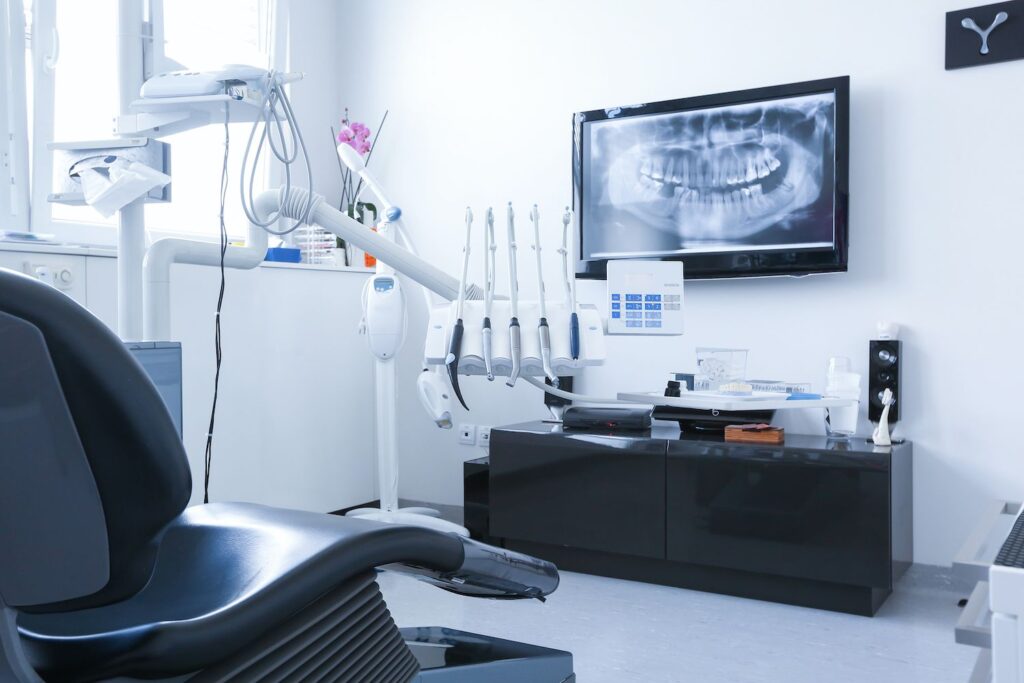If you go to the dentist, you are likely to get a dental X-ray. Dental X-rays play a crucial role in diagnosing and treating oral health issues. But, concerns about their safety often linger in the minds of many. Because this is a common treatment, many patients want to know more about it.
Dental X-rays are generally safe and play a vital role in your oral health. The risks are minimal when it comes to radiation exposure. Also, they provide crucial information for your dental team.

A Peek into the Process
Dental X-rays use low levels of radiation to capture images of the inside of your mouth. This imaging technique helps dentists identify problems not visible to the naked eye, such as cavities, gum disease, and issues with tooth roots.
The Lowdown on Radiation Levels
Radiation can be a scary word, but it’s vital to understand the levels involved in dental X-rays. The amount of radiation emitted during a dental X-ray is minimal. It is equivalent to the natural background radiation you receive from the environment over a short period. As a result, the level of radiation is safe.
Types of Dental X-Rays
Not all dental X-rays are created equal. There are different types, such as bitewing, periapical, and panoramic X-rays, each serving a specific purpose. Your dentist will tell you the type and frequency based on your oral health needs and medical history.
Risk vs. Benefit
Like any medical procedure, dental X-rays involve a balance between risk and benefit. The information gained from these images often outweighs the minimal risk of radiation exposure. The key is to ensure that X-rays are taken when necessary and in line with recommended guidelines.
Safety Measures in Place
Dentists take precautions to reduce radiation exposure. They use lead aprons and thyroid collars to shield sensitive areas of your body. Also, modern X-ray machines focus the radiation beam precisely. This reduces unnecessary exposure.
Frequency Matters
The frequency of dental X-rays varies based on your needs. For adults with good oral health, you may only need X-rays every 2-3 years. But, those with a history of dental issues or those with specific treatments may need more frequent X-rays.
Pregnancy and X-Rays: Taking Extra Precautions
If you’re pregnant, it’s crucial to inform your dentist. While dental X-rays are generally safe, dentists will take extra precautions, such as shielding and limiting exposure. In many cases, routine X-rays may be postponed until after childbirth.
Safer and Smarter Imaging
Advancements in dental technology contribute to safer imaging. Digital X-rays, for example, emit even lower radiation levels than other film X-rays. They also allow for quick viewing. This reduces the need for retakes and minimizes overall exposure.
But, communication is key. Before you have any dental exam, including X-rays, you must talk with your dentist. Ask questions, express concerns, and make sure you fully understand why you need X-rays.
